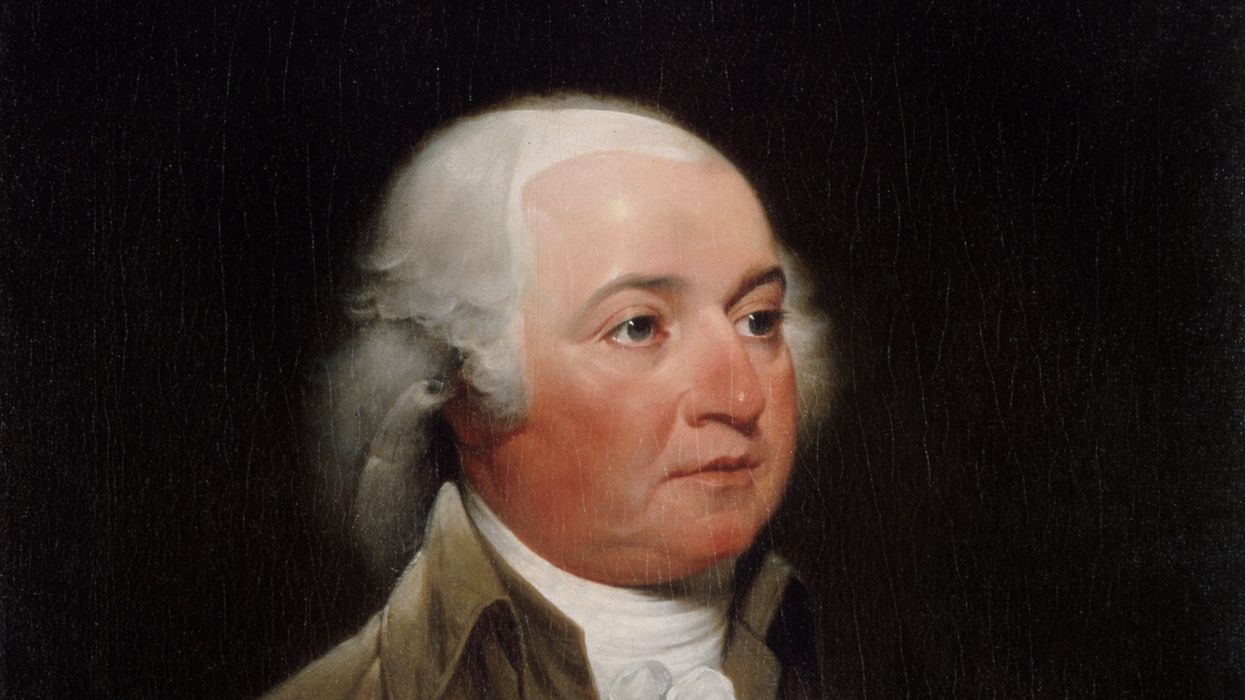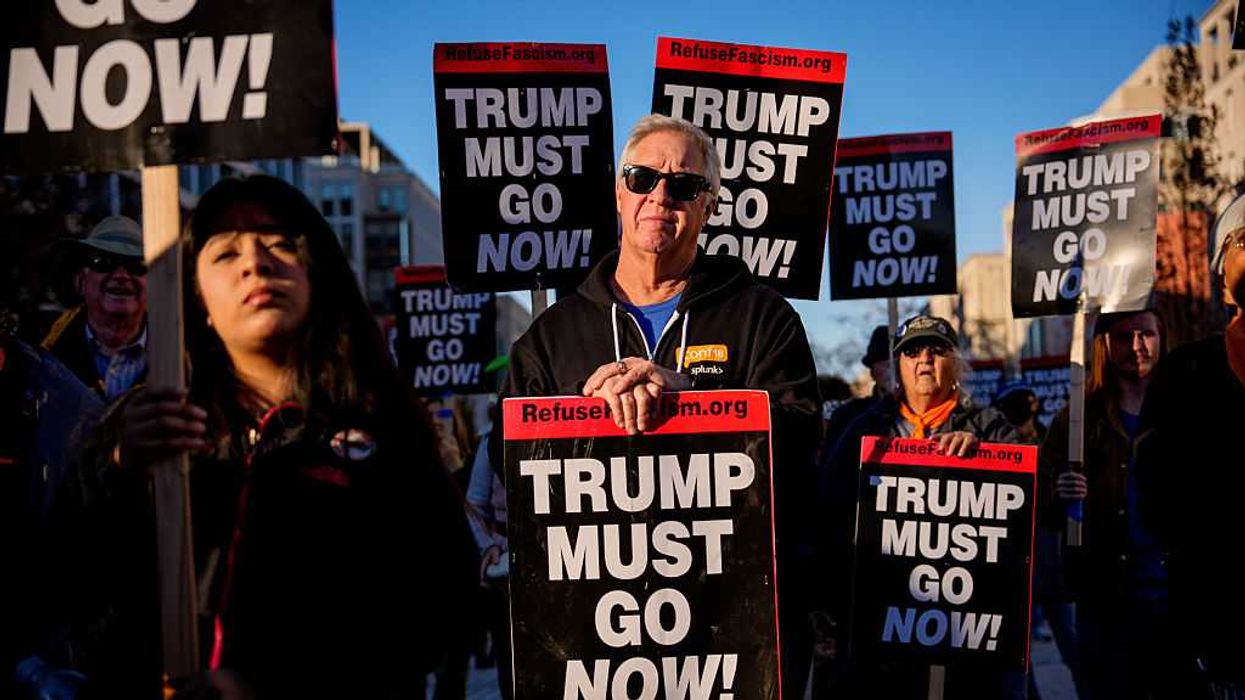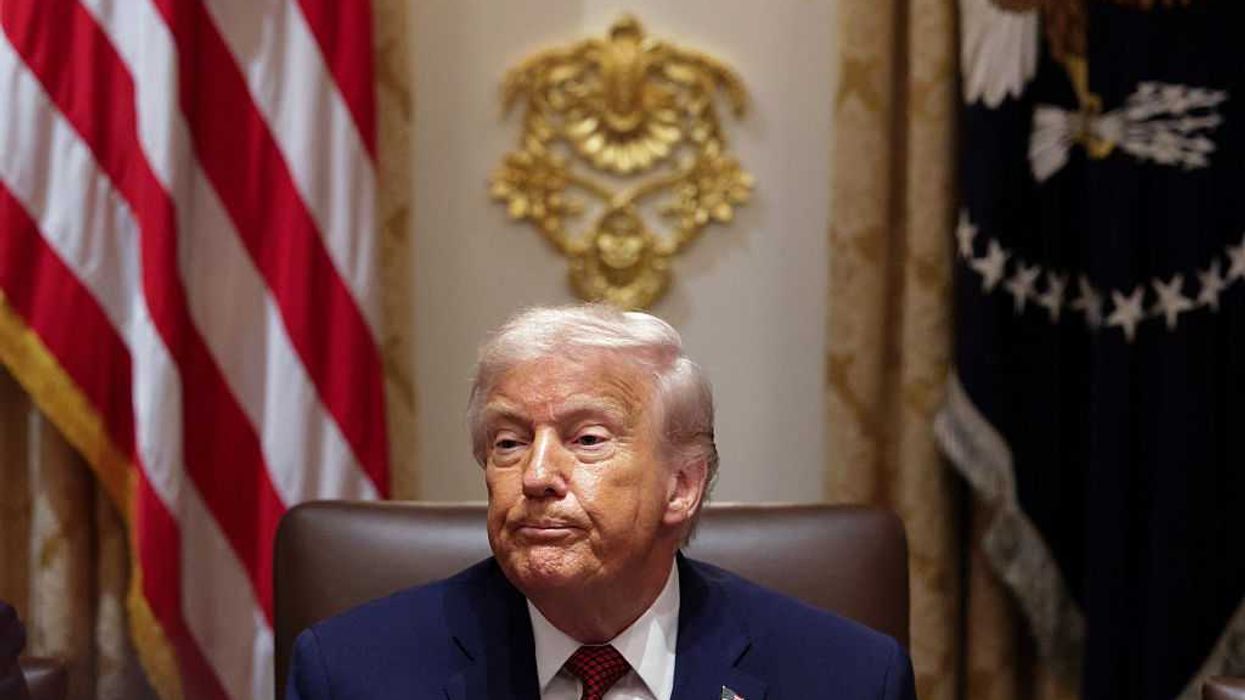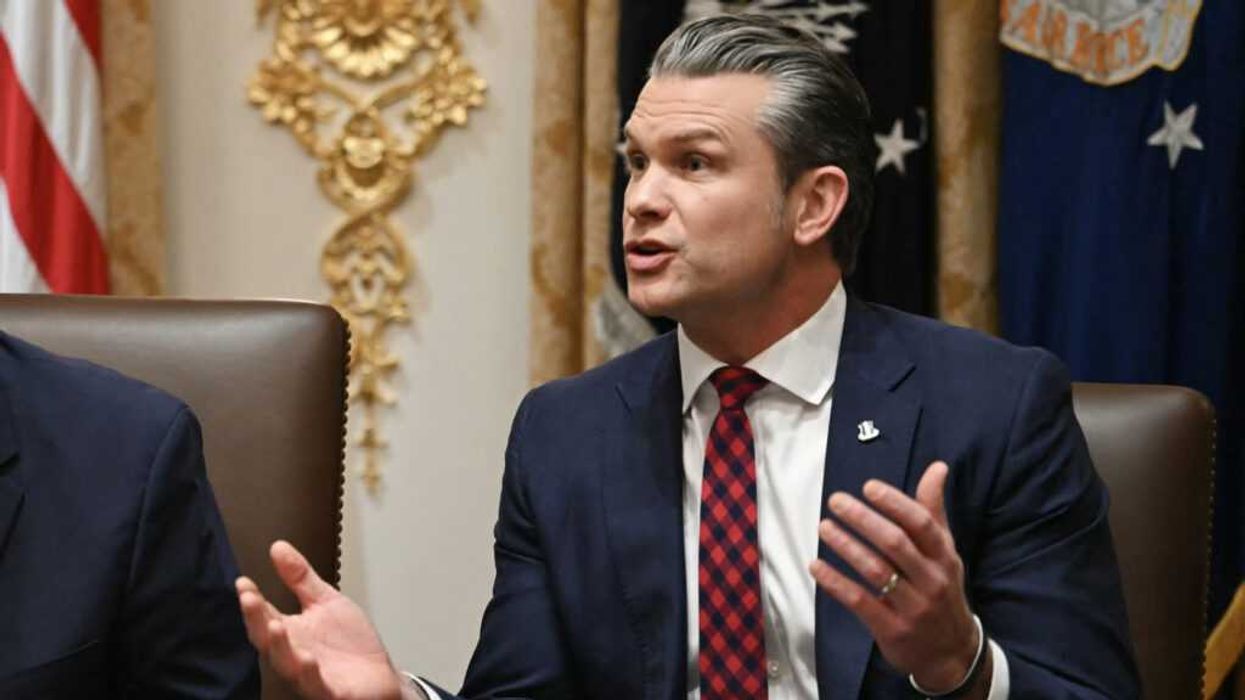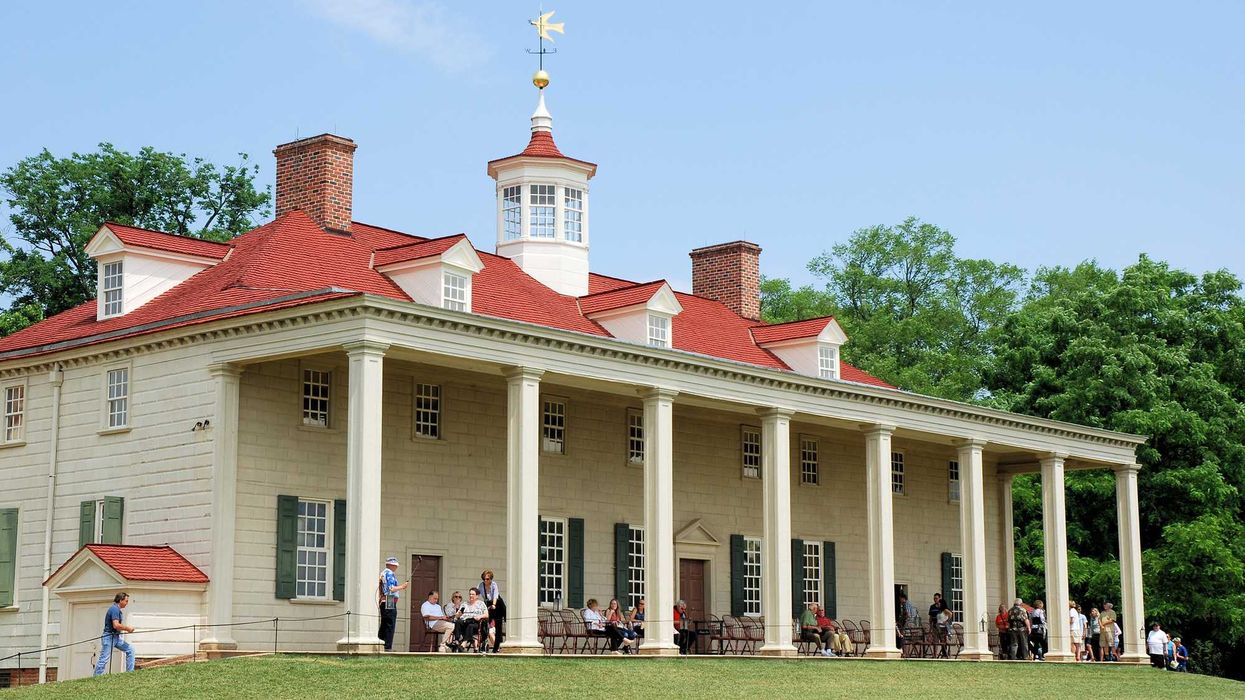Breslin is the Joseph C. Palamountain Jr. Chair of Political Science at Skidmore College and author of “A Constitution for the Living: Imagining How Five Generations of Americans Would Rewrite the Nation’s Fundamental Law.”
This is the latest in a series to assist American citizens on the bumpy road ahead this election year. By highlighting components, principles and stories of the Constitution, Breslin hopes to remind us that the American political experiment remains, in the words of Alexander Hamilton, the “most interesting in the world.
There was once a president-elect who suspected the previous, one-term president — a man with an outsized ego, thin skin for criticism and a penchant for trying to restrict fundamental rights — was plotting to overturn the free and fair election and refuse to vacate the White House.
Alarmed, the incoming president sought an audience with the outgoing chief executive in which he warned “that such a measure would probably produce resistance by force, and incalculable consequences.” Don’t contest the outcome of the election, the victor said, or the country might devolve into chaos and violence. The peaceful transition of power, fragile as it is, was very much at stake.
Sadly, that story is all-too familiar to those who witnessed the insurrection on Jan. 6, 2021. Even sadder, the presidents at the center of this true tale are not Joe Biden and Donald Trump. They are Thomas Jefferson and John Adams. Jefferson, the incoming president, was acting on rumors that Adams, his predecessor, was maneuvering to hold on to the high office. And Adams, bitter and embarrassed by the loss, did not go out of his way to refute the accusation.
The election of 1800 had been particularly brutal. Adams was beaten and battered by the rancor of the campaign. James Callender, a famous pamphleteer and Jefferson supporter, spread ludicrous reports that Adams had a “hideous hermaphroditical character, which has neither the force and firmness of a man, nor the gentleness and sensibility of a woman.” The Adams people responded with matching hyperbole, accusing Jefferson of favoring prostitution, adultery and incest.
Even Martha Washington entered the fray that fall, calling Jefferson “one of the most detestable of mankind.” What is more, Adams wasn’t even in the race at the finish line. The contest came down to a “special election” in the House of Representatives with Jefferson squaring off against Aaron Burr. Adams had come in a disappointing third. When all was said and done, Jefferson would be America’s new president and Adams, shoulders slumped and ego bruised, would return to yeoman farming. “The storm is over,” the victorious Virginian wrote, “and we are in port.”
The infamous election of 1800 was prophetic. In many ways it is a mirror on today’s disquieting political culture. Presidential campaigns are vicious; unfounded personal attacks are common; office holders will do almost anything to maintain power. Indeed, untruths, then and now, seem to be the coin of the realm, the preferred currency of the ignoble. Victory on the field of political battle is not complete unless one’s opponent and their partisan or ideological identity is humiliated in defeat. Contemporary politics is truly a zero-sum game.
And yet there is at least one magnificent reason to celebrate that particularly venomous and rancorous episode in American history, one that we would do well to remember as the presidential election season creeps ever closer.
The hostility of the 1800 presidential campaign ultimately gave way to the 1801 peaceful transfer of power.
It was not a foregone conclusion that Adams would relinquish authority. His administration had experienced a simple, uncontentious transition just four years earlier when George Washington, channeling the great Roman statesma, Cincinnatus, voluntarily abdicated the presidency to relish the “sweet enjoyment of partaking” in a retreat from public life. That presidential changeover went smoothly because it did not include a corresponding shift in partisan control. Washington, a Federalist, handed the reins of power to Adams, also a Federalist. Would the same composed, dignified transition occur when Jefferson — not a Federalist, but a Democratic-Republican — arrived at the White House on March 4, 1801? Would Adams hand over the keys to the kingdom?
The answer, thankfully, was yes. The 1801 transfer of power, unlike practically any other singular moment in this country’s long political history, heralded the genius, and the distinctiveness, of America’s grand experiment in republican government. It said that we were going to play fairly, by the tenets pronounced in the Constitution, and that the rule of law would always prevail over the force of men.
An important eyewitness to Jefferson’s assuming power captured the moment far better than I: “Let me congratulate not only you, but all my fellow citizens on an event which will have so auspicious an influence on their political welfare,” Margaret Bayard Smith wrote to her sister on that 1801 Inauguration Day. “I have this morning witnessed one of the most interesting scenes a free people can ever witness. The changes of administration, which in every government and in every age have most generally been epochs of confusion, villainy and bloodshed, in this our happy country takes place without any species of distraction or disorder.”
There were no guarantees before March 4, 1801. There were after.
Perhaps in hindsight we should concede that America’s early leaders — men like Jefferson and Adams — were destined to do the right thing, that the oath they took and the personal fortitude they displayed meant that they would stand aside when defeated. Perhaps their commitment to honor, and to a legacy, meant that they would surmount their destructive desire for power. Perhaps even their fear of disappointing the American people, and of potentially kindling a violent flame, tempered their most selfish instincts. Perhaps, perhaps, perhaps. What I do know is that there are few Jeffersons in today’s political scrum. There are few Adamses.
But no matter what the reason for the peaceful transfer of power in 1801, or in 1829, 1861, 1897, and 1932 — those partisan “realignments” when it was not fully a given that presidential transitions would be simple — the American people have always demanded that presidential elections — and nothing else! — determine the occupant of the oval office. Indeed, we have come to expect as much.
Our job from this day forward is to remain ardently faithful to that uniquely American tradition.




